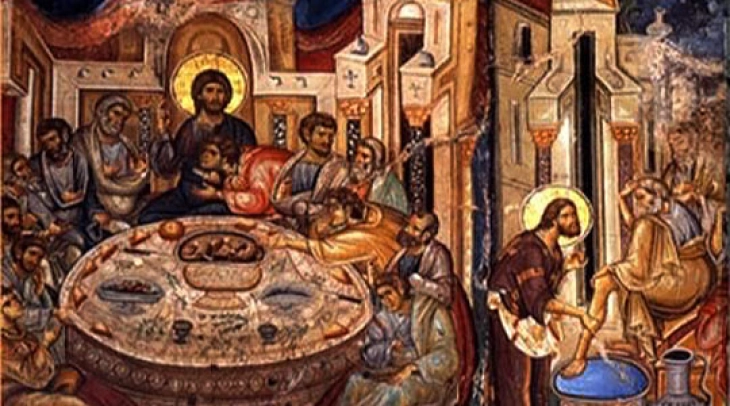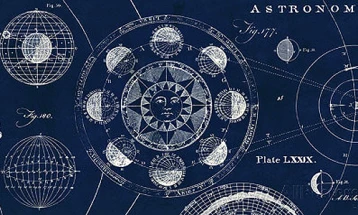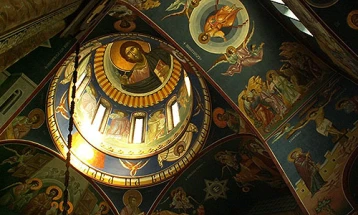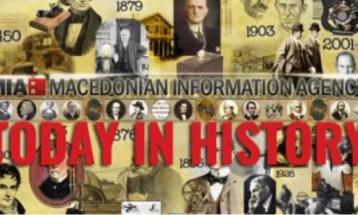
9 November 2024 (MIA)
Macedonian Orthodox Church Calendar
St. Nestor of Thessaloniki, Martyr
This lad lived in Thesaloniki and embraced Christianity under the influence of St. Demetrios – a most devout son of devout parents and a teacher of Christ’s faith. When Maximianos came to Thessaloniki in 290, Demetrios was arrested by him and kept chained in prison. Games were being held in the city and Maximianos was present as a spectator. A certain barbarian, a friend of the Emperor’s and a noted wrestler, named Lyaios, outstanding both for his physical bulk and his strength, was vaunting himself in the stadium and challenging the citizens to wrestle with him. All those who took up the challenge he threw. Seeing this, St. Nestor came to him in the prison and asked for his blessing for single combat. This he received by being signed with the precious Cross. Then he entered the stadium and cried boldly: “O God of Demetrios, help me!” He got a hold on Lyaios and striking him a timely blow below the heart, he left the former champion lifeless on the ground. Maximianos, greatly grieved at this, when he learned the reason, ordered Demetrios to be run through at once with lances in the prison where he was being held, but Nestor he slew with his own sword.
Catholic Calendar
Saint John Lateran
Today is dedicated to the oldest church in Rome, which ranks first among the four great “patriarchal” basilicas of Rome. The site was, in ancient times, occupied by the palace of the family of the Laterani. A member of this family, P. Sextius Lateranus, was the first plebian to attain the rank of consul. In the time of Nero, another member of the family, Plautius Lateranus, at the time consul designatus was accused of conspiracy against the emperor, and his goods were confiscated. Juvenal mentions the palace, and speaks of it as being of some magnificence, “regiæ ædes Lateranorum”. Some few remains of the original buildings may still be traced in the city walls outside the Gate of St. John, and a large hall decorated with pa intings was uncovered in the eighteenth century within the basilica itself, behind the Lancellotti Chapel. A few traces of older buildings also came to light during the excavations made in 1880, when the work of extending the apse was in progress, but nothing was then discovered of real value or importance. The palace came eventually into the hands of Constantine, the first Christian emperor, through his wife Fausta, and it is from her that it derived the name by which it was then sometimes called, “Domus Faustæ”. From 313 onwards it was always the center of Christian life within the city; the residence of the popes and the cathedral of Rome. The latter distinction it still holds, though it has long lost the former. Hence the proud title which may be read upon its walls, that it is “Omnium urbis et orbis ecclesiarum mater, et caput”.







